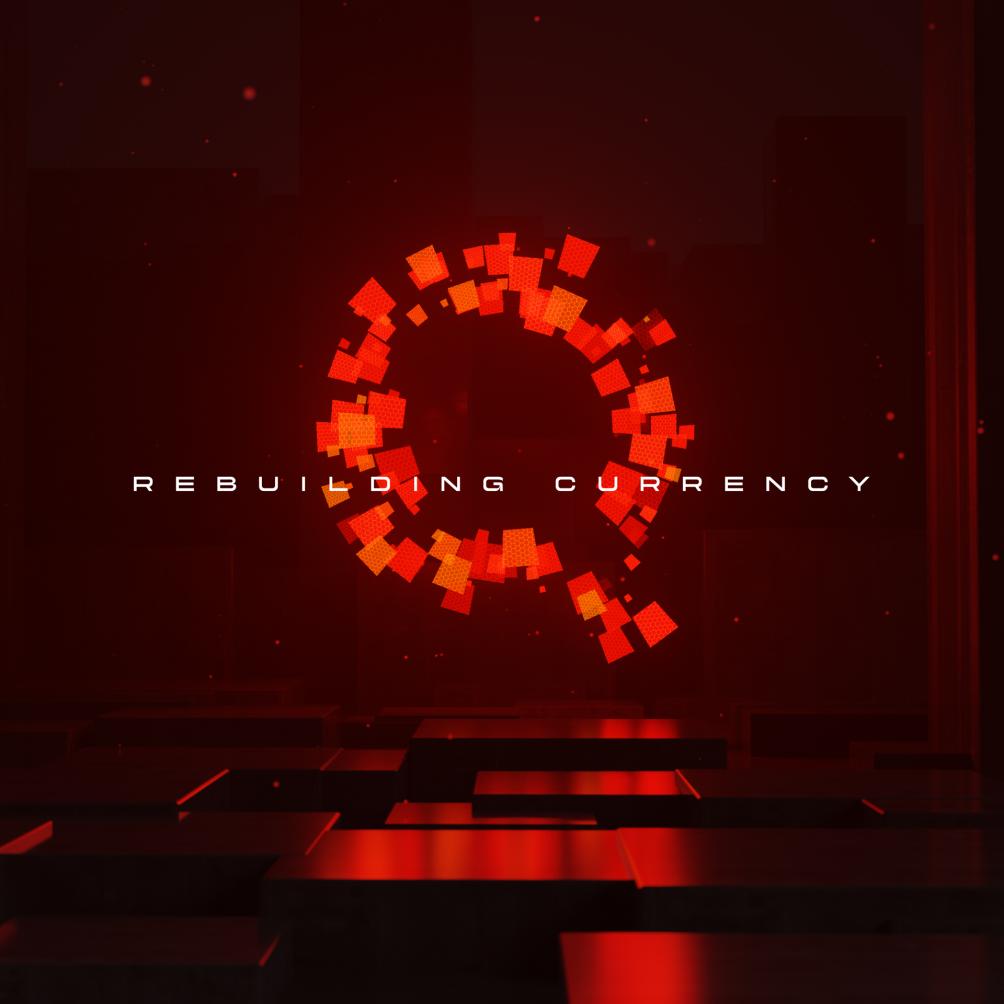
Welcome to the tenth edition of “This Week in Quai,” an initiative by the development company of Quai Network, Dominant Strategies. This Week in Quai offers weekly updates to the Quai Community by aggregating popular Quai quotes and social posts from the past week and offering a schedule for upcoming events.
Want to get “This Week in Quai” delivered straight to your inbox? Sign up for the Quai Newsletter by Dominant Strategies.
What is Quai?
Quai Network is a pre-launch cryptocurrency. Quai is the first blockchain protocol that is simultaneously decentralized, censorship resistant, and infinitely scalable. Quai, in contrast to traditional cryptocurrencies, functions as a network of many interoperable blockchains braided together. Due to a discovery that occurred during research on Proof-of-Work, Quai Network utilizes a new consensus mechanism, Proof-of-Entropy-Minima (PoEM), which eliminates all consensus-based forks, and enables all Quai nodes to remain in “perpetual consensus.”
Quote of the Week
“The name “Quai” is derived from three words:
快 Kuai (Mandarin Chinese): Fast
块 Kuai (Mandarin Chinese): A basic unit of money
Quai (French): Platform”
– The @QuaiNetwork Twitter Account
While the name “Quai” might seem arbitrary, the protocol’s name has been specifically chosen to accurately describe it. The world “Kuai/Quai” has three different meanings: two in Chinese, and one in French.
First, the word “快” / “Kuai,” from Mandarin Chinese, translates to “fast” or “quick” in English. The fast block times and transaction finality that the Quai protocol is able to offer users make this an accurate descriptor.
Second, the word “块” / “Kuai,” also from Mandarin Chinese, translates directly to “a basic unit of money,” but can be more accurately translated as a slang term for money, such as “buck” in the US or “quid” in the UK. This descriptor describes the intended purpose of the Quai protocol as a currency to be used for peer-to-peer payments (though of course, as a permissionless protocol, the purpose can be anything you imagine!).
Third and finally, the word “Quai” in French translates to dock or platform. While the Quai Network is not a physical platform, it does function as a digital “platform,” acting as a base layer that supports smart contracts, decentralized applications, and more.
Technical Term of the Week
Smart Contract – a self-executing computer program that automatically enforces, verifies, and executes the terms of an agreement or contract between parties without the need for intermediaries.
Smart contracts, while first conceived by Nick Szabo in the 1990s, are still very new. The first “modern” smart contract was deployed on Ethereum in 2015, opening the doors for blockchain-based agreements and applications.
Szabo’s classic example of a smart contract is still accurate today:
“A canonical real-life example, which we might consider to be the primitive ancestor of smart contracts, is the humble vending machine. Within a limited amount of potential loss (the amount in the till should be less than the cost of breaching the mechanism), the machine takes in coins, and via a simple mechanism, which makes a beginner’s level problem in design with finite automata, dispense change and product fairly.”
Smart contracts perpetually look for their conditions to be filled, and, once those conditions are filled, automatically execute. When deployed on a blockchain, smart contracts can deal with cryptocurrency, and thus real-world value. The concepts behind Szabo’s simple example of a vending machine have been extended to create complete decentralized applications that allow for the exchange of digital currencies, the buying and selling of digital assets like NFTs, and smart-contract based voting and organization.
The Quai protocol has been designed to support smart contracts in a very similar way to existing blockchains like Ethereum. However, Quai’s multi-chain architecture allows for new properties of smart contracts to be explored. For example, because the first byte of each Quai address acts as a chain identifier, smart contracts can have the ability to determine which chain assets arrived from, which chain(s) a token has been on before, and whether or not an address interacting with the contract is in the same chain as the contract or a different chain. To learn more about smart contracts in Quai (and potentially start learning how to deploy them yourself!), visit the Quai documentation.
Top Posts of the Week
- A ProgPoW GPU miner for Quai is open-source and functional on Github:
- A discussion of the decentralization of ASIC-able algorithms vs. GPU-limited algorithms:
- A discussion of whether crypto could ever fully replace fiat:
- A clip from Quai co-founder Dr. K discussing the trustlessness of cross-chain transactions in Quai:
- A discussion on how blockchain-based games can be made appealing to gamers:
Upcoming Events
Quai Network Office Hours with Justin: July 18, 2023 @ 10am CST – Join Dominant Strategies team member Justin for a casual discussion/AMA on Quai Network’s technology.
Quai University Call #10: July 19, 2023 @ 11am CST – Join Quai co-founder Dr. K for a discussion on Proof-of-Work vs. Proof-of-Stake consensus.
